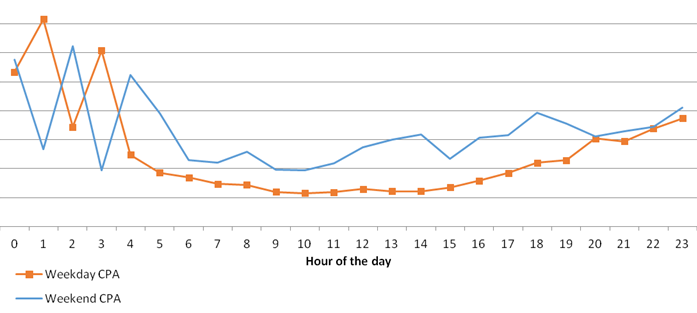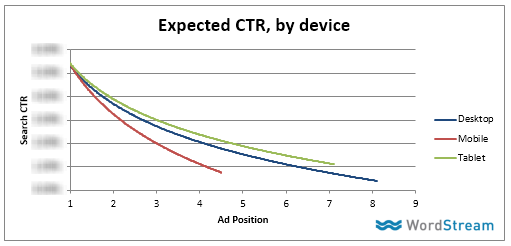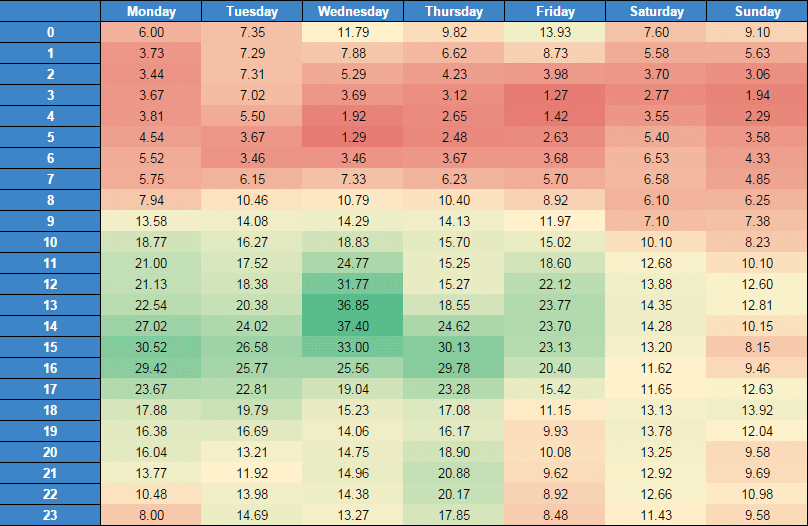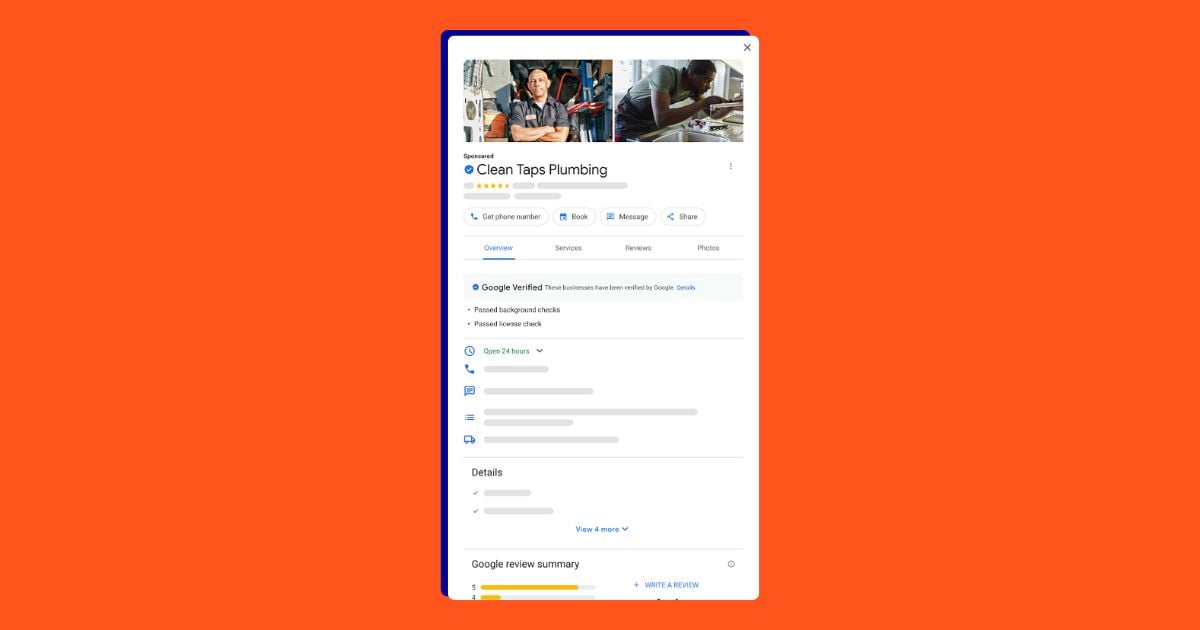
To run a successful AdWords campaign, you need to master your bidding. By adjusting bids according to keyword, location, device, time of day, and audience, you can profoundly improve the relevance and performance of your AdWords advertising.
AdWords has built-in tools to help with bid management, but to really excel, it’s helpful to use some additional PPC tools to enhance your flexibility. We at Brainlabs have built a number of scripts to automate bidding processes, enabling a far greater level of control, enhancing flexibility, increasing data (by automatically incorporating third-party datasets), monitoring bids for errors or inefficiencies, and, always, speeding things up by avoiding repetition.
I would like to introduce you to a few tools we are happy to share with the industry, explaining how and when to use them. These scripts are open source, so you are free to download them and start using then straight away. To become a PPC superhero, however, you should aim to create your own scripts over time – every PPC campaign is different, and so there will always be new innovation needed to get truly remarkable results.
Ready to get more out of your Google Ads bids? Run our free Google Ads Performance Grader to get a personalized account audit!
24/7 Bidding
People search differently at different times of the day. Think of online delivery, for example. Not many people order a pizza at 11 am, but plenty do around 7 pm. Type of device matters, too: user behavior can change dramatically according to whether people are searching on a desktop or a mobile device.
Our bidding should, as far as possible, be sensitive to changes in time and device. However, AdWords ad scheduling allows only six unique bidding windows per day, which is not granular enough for many campaigns. This is why we built a 24/7 bidding tool, designed to enable bid modifications every hour and on any device.
Based on data from your AdWords account, you can use this tool to optimize your bidding. This basically means spending more or less according to predicted performance. Why waste money, for example, appearing at the top of the SERP when traffic is high but conversion rates are low? Or, why spend so little at 9 pm on a Sunday, when your particular audience is most likely to click on your ads?
To take an example from our own accounts, 24/7 bidding was essential to work we did for a finance client, whose audience’s behavior varied considerably throughout the week.
Our analysis of the results in the account up until that point showed that there were significant differences in conversion rate depending on the time of the day and the day of the week. We could see that Monday evenings, for example, were historically good times for successful applications. On the other hand, the conversion rates seen on Thursday mornings were usually poor.
The data suggested we should be varying bids in line with conversion rates throughout the week. We wanted to be far more detailed than that, though. Our analysis showed differences by hour, often very significant ones.
Not only did the 24/7 bidding tool allow for hourly bidding, but it also enabled us to bid at different levels depending on the device on which a user was searching. Again, this element of the tool meant that ad spend would be focused on users more likely to convert into new customers.
Our data-driven, automated approach to bidding saw the number of new customers grow by 17%. At the same time, CPA was reduced by 14%. We were able to focus the budget on those searchers who were more likely to become new customers. When the client then wanted to spend more to achieve even greater growth, we were able to increase conversions by 29% while keeping CPA at the original level.
Follow this link to download the script, and get further guidance on how to use it.
Real-Time Position Bidding
Being able to control the position in which your ad appears can be extremely useful. During periods of high competition, such as on mobile, being able to ensure top position can make all the difference to the success of a campaign.
Sometimes, as well, you don’t necessarily want to appear at the very top; there are advantages to appearing lower, in certain cases.
Our next tool is designed to give you this control. It works by analyzing the most recent data from within the AdWords auction in order to automatically modify bids according to your target position. It can be segmented by time, but also by device, so if you want a particular keyword to appear in the top position at 12 pm on mobile, this tool will allow you to achieve that.
It’s useful for any PPC campaign, but one particularly good example comes from work we did for a client in the charity sector. Their search advertising often needed to be reactive to world events, such as international crises, which made it crucial to develop a bidding strategy that could anticipate changes in search behavior.
When a particular crisis did indeed emerge, our real-time bidding tool allowed us to automatically adjust all bids to target certain positions within the auction and thereby maintain visibility at all times. We knew that by end of the day, 90% of those who were planning to bid would be active. This competition could have resulted in our position slipping, but our tool allowed us to specify target positions for individual keywords.
This approach helped us to achieve a ROAS of 3.2, whilst greatly exceeding the target number of conversions of the client.
Follow this link to download the script, and get further guidance on how to use it.
Heat Maps
So far I have shown you tools that enable more flexible bidding. However, these tools are only valuable if you know what the optimal bidding strategy actually is. Before anything else, you need to analyze audience data from within your accounts, in order to understand how user behavior changes according to the variables that influence any search.
Our next script functions by generating heat maps, which are a visual representation of search behavior, segmented by time and device.
It looks something like this:
In this example, you can quickly understand click-through rate at different hours of each day. The AdWords metric can be adjusted accordingly, and maps can also be segmented by device.
What you can’t see is that the script has also automatically averaged out the data (we recommend at least six weeks of account activity before using it), which allows you to see trends more easily, because the noise of random variation is reduced.
For any PPC account you manage, this tool is an excellent first step in understanding performance and thus providing insights into how you might optimize your bidding.
Follow this link to download the script, and get further guidance on how to use it.
Keyword Bidding Scripts
There are all sorts of ways of analyzing keyword performance, beyond the built-in features of AdWords. Any PPC account can be continuously optimized if you are able to efficiently draw insights from the data collected over time.
This script goes through your account’s search terms and adds up the performance of all queries containing your phrases at the account, campaign and ad group level.
You could, for example, compare the performance of a list of possible adjectives in order to choose the most suitable one for your ad copy. If your ad was for ice cream, you could see whether delicious, Italian, or refreshing worked best. This might also inform whether you select certain keywords for particular campaigns.
Another script helps you to understand search trends for words that associate with your keyword. So, let’s say you choose “suitcase,” the report will show you all the fun ways people end up searching for that term, including all your favorite AdWords metrics.
For example, maybe the highest impression share will come from color adjectives like “black” and “vermilion” and so on. Or maybe it will be “lifetime warranty,” which some luggage companies offer. The results may lead to an entire change of strategy, or at the very least some valuable ideas for adjusting ad copy. This is also a good report to pass on to a client, so they can mine it for insights to apply to their offline marketing.
By understanding these data better, you can optimize ad copy and keyword bidding strategy to maximize results.
These are just two tools but there is inexhaustible potential for using automation to enhance the way you analyze, process and utilize data in PPC account management.
Optimization is a never-ending process
We build new tools all the time, because every client has different needs and because AdWords and the search market are in constant flux.
Even on a micro-level, no day is the same within PPC account management. Data needs to be analyzed daily, strategy needs to be adjusted, tracking and monitoring has to be constant. Anyone can do PPC, but to do it well requires adaptability, innovation, and vigilance.
Wherever possible, find ways of automating what you do. It will not only speed things up, but it will enable you to do things most other PPC advertisers simply cannot do due to time costs of manually operating a large-scale account. Bidding is a huge part of this, but there is also building an account, reporting, monitoring, auditing, and managing it.
So build up your tech stack, and get really good at data, if you want to excel within PPC.
About the author
Daniel Gilbert is the CEO of Brainlabs, a PPC agency and technology provider. Daniel was recently named #3 in PPC Hero’s Top PPC experts and one of the most influential people in digital by Econsultancy. In the space of five years, Daniel has led Brainlabs to become the fastest growing company in the UK, employing more than 170 of the smartest people in PPC, who use data and automation to provide remarkable growth for clients.











